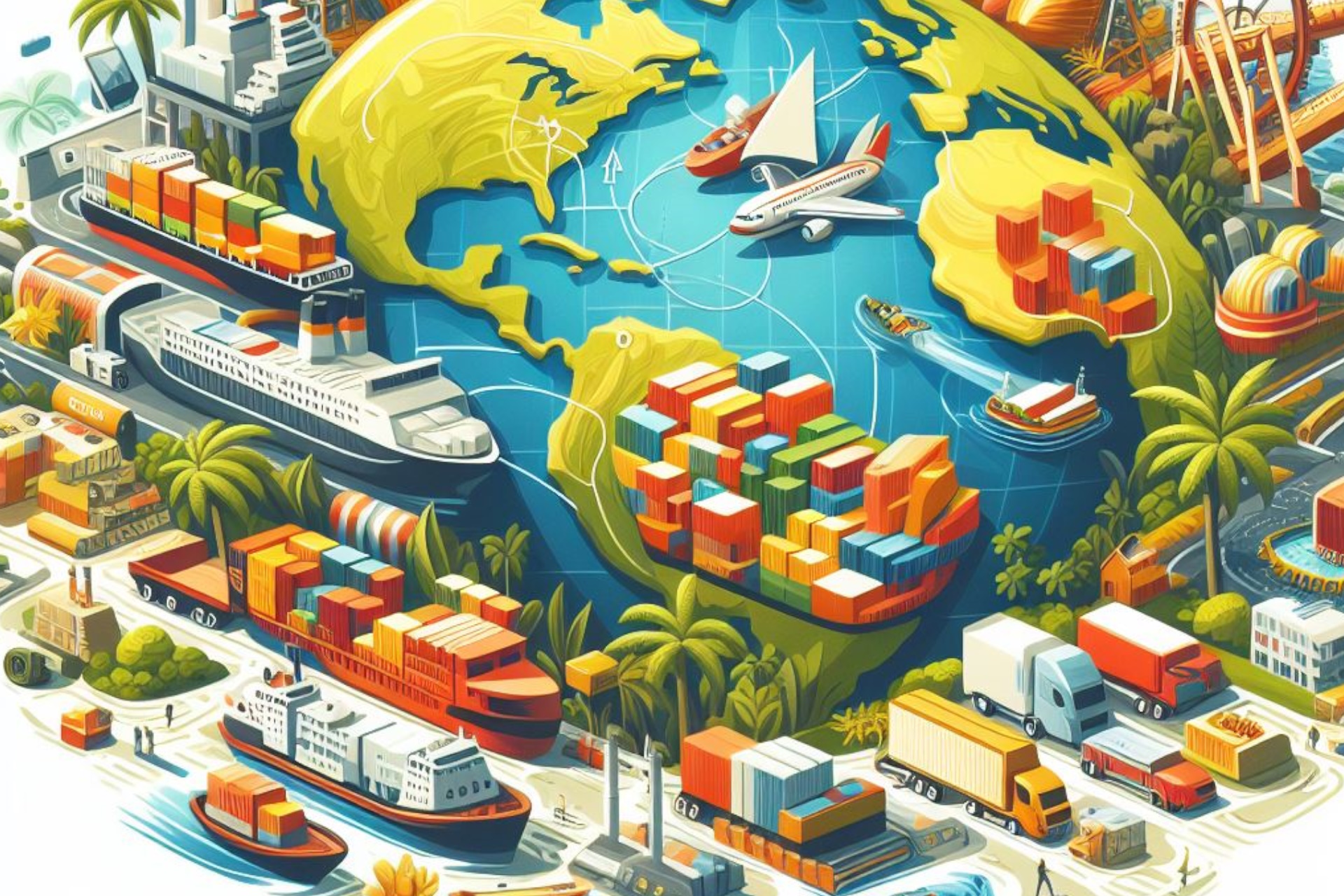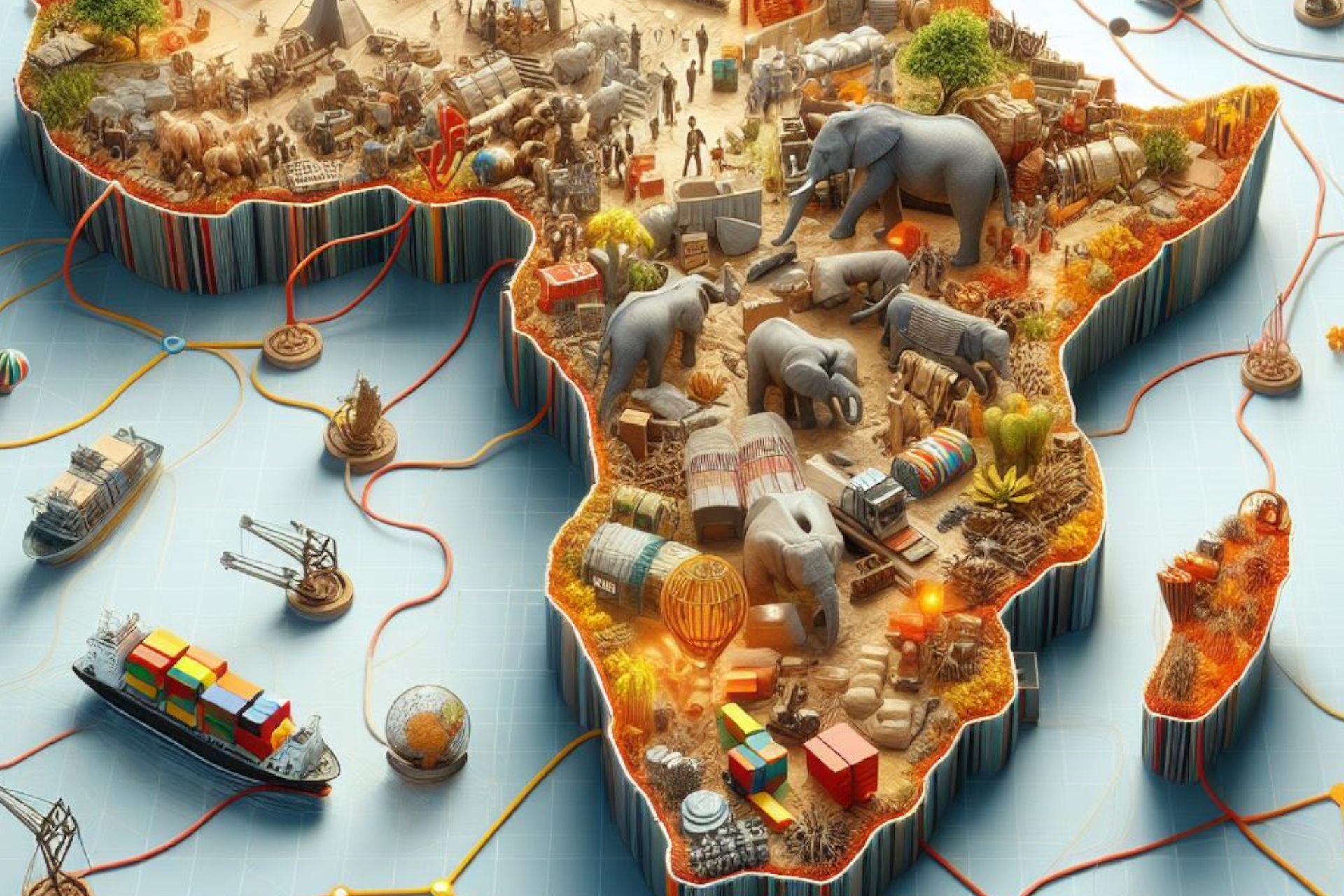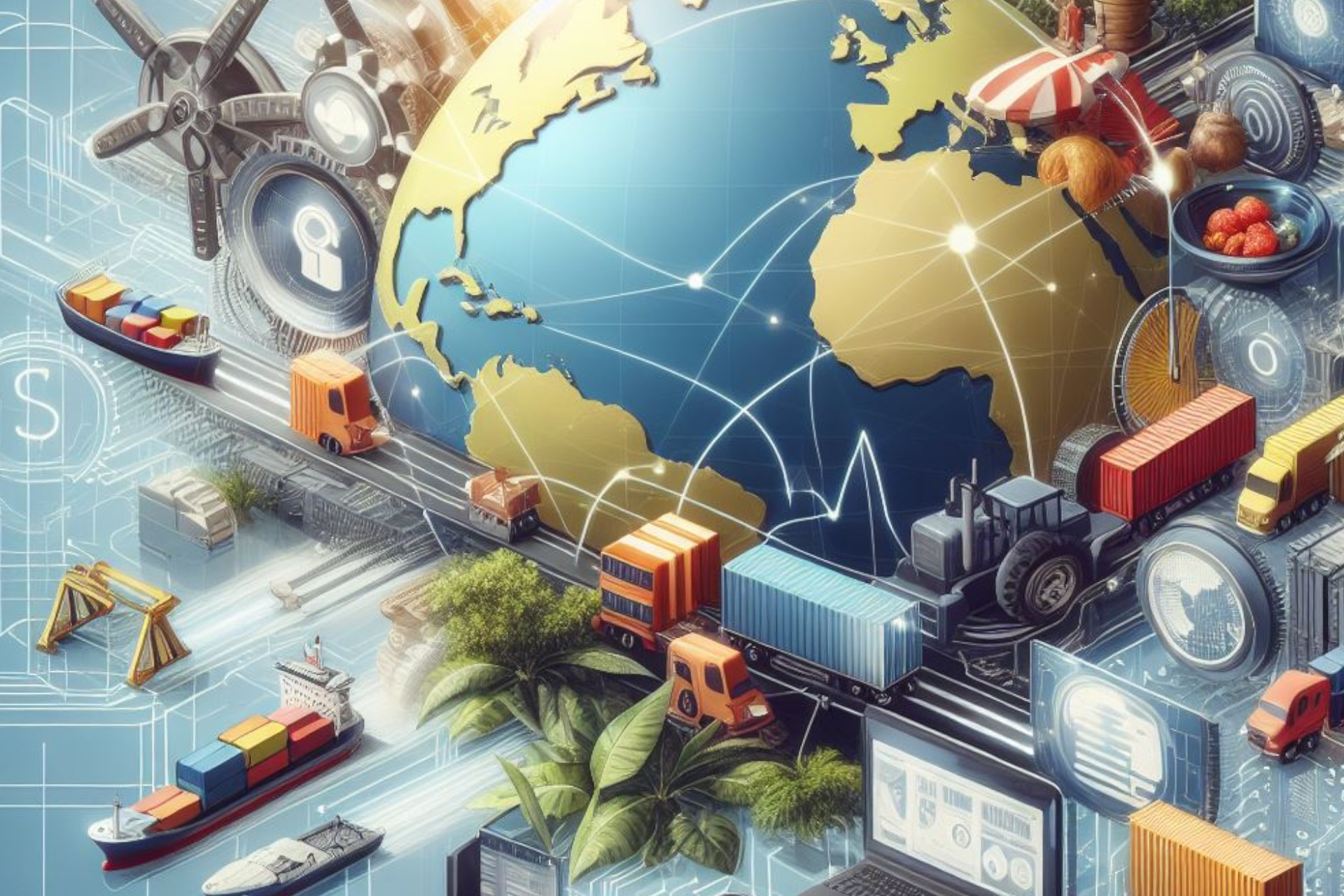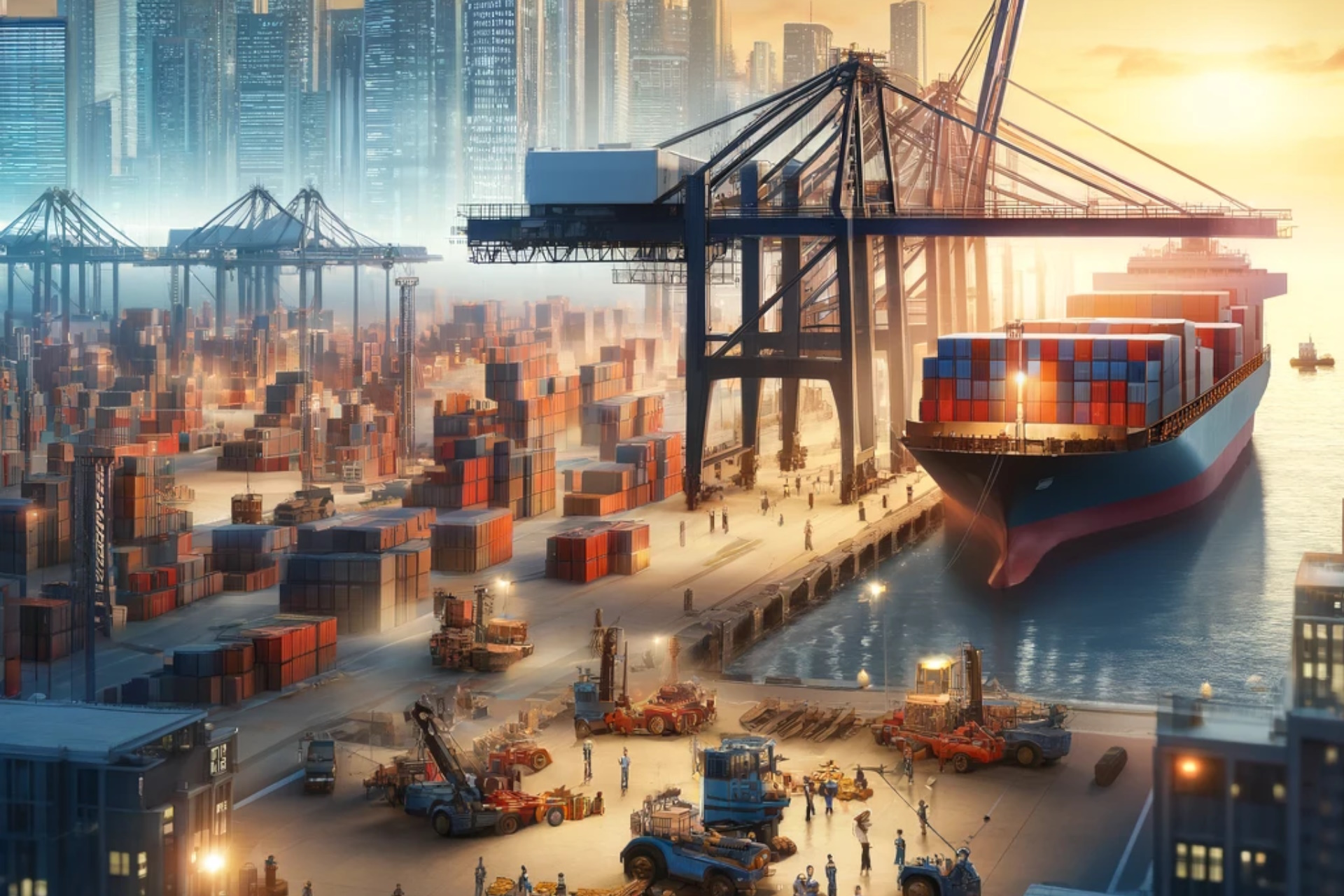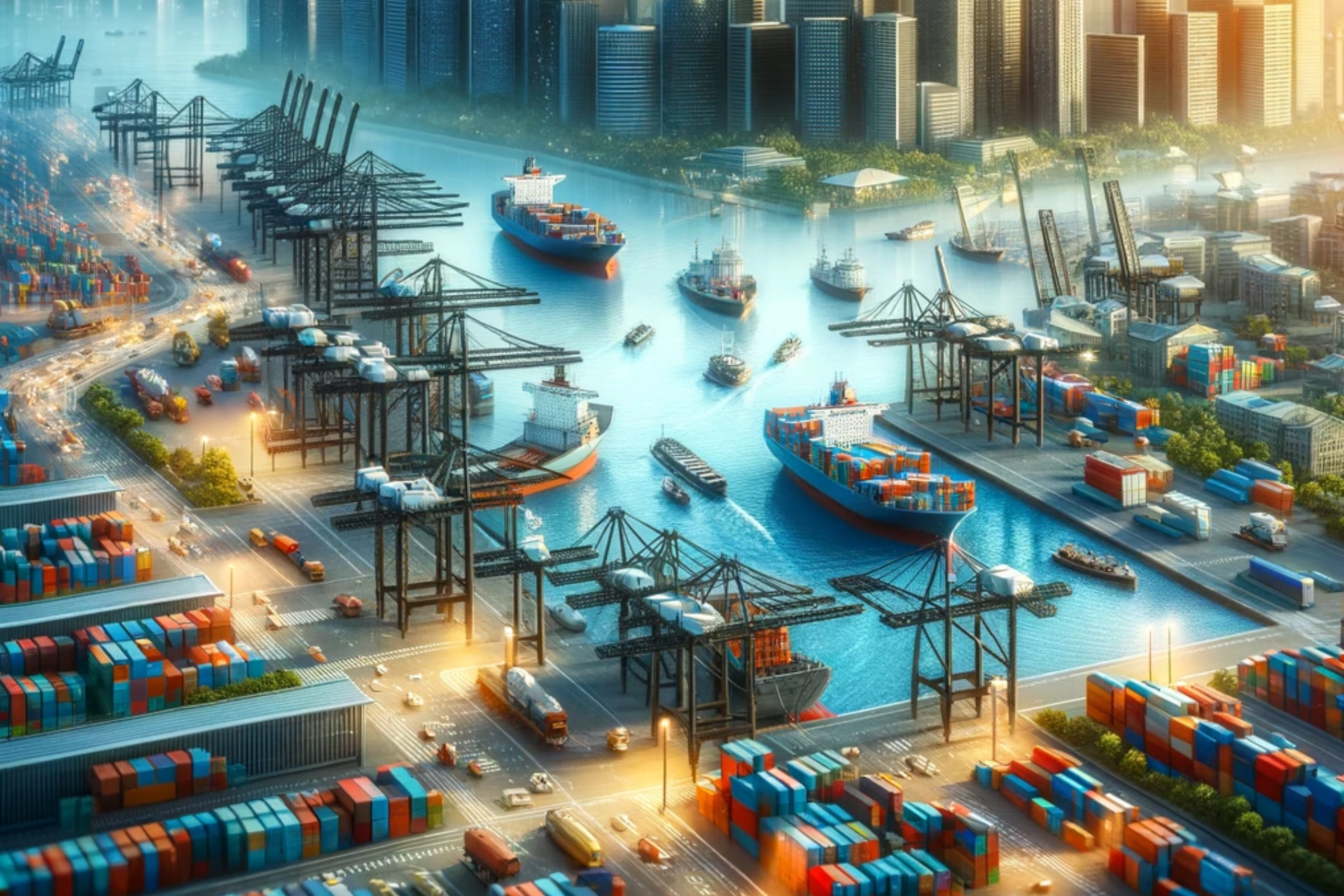Global pandemics, such as COVID-19, significantly influence international trade patterns by disrupting supply chains, shifting trade flows, and changing consumer behavior. Despite these challenges, pandemics can stimulate innovation, digital transformation, and policy shifts towards more resilient trade practices, indicating their role as catalysts for change in the global trade landscape.
Global pandemics, as we've recently experienced with COVID-19, hold significant sway over international trade patterns. Their pervasive impact sends shockwaves through supply chains, disrupts trade flows, and leads to shifts in consumer behavior, effectively reshaping the global trade landscape.
Supply chain disruptions are among the most immediate impacts of a global pandemic. As countries implement lockdown measures to contain the virus spread, production facilities often grind to a halt. This disruption in the supply chain cascades down to impact international trade, causing delays and shortages of goods.
Pandemics also prompt shifts in trade flows. As demand for pandemic-related goods such as pharmaceuticals, personal protective equipment, and remote working technologies soars, countries with the capacity to manufacture these goods often see an increase in exports. Conversely, countries heavily reliant on sectors such as tourism and oil may experience a significant drop in their trade volumes.
Consumer behavior, too, undergoes a substantial shift during a pandemic. As more people stay home, there's an uptick in demand for digital services, home entertainment, and online shopping, prompting businesses to adjust their strategies to cater to these new consumer preferences.
Furthermore, global pandemics can stimulate innovation and digital transformation in trade. Faced with unprecedented challenges, businesses are pushed to adapt, often accelerating the adoption of digital technologies. This has been evidenced by the rapid growth of e-commerce and digital payment systems during the COVID-19 pandemic.
Pandemics also tend to heighten countries' focus on trade policy and resilience. Governments reassess their dependence on overseas supply chains, with many considering strategies to diversify sources and increase domestic production capacity for critical goods. This shift towards self-reliance and resilience can have long-lasting effects on international trade patterns.
It's crucial to note, however, that the impact of pandemics on international trade is not uniformly negative. Despite the immediate disruptions, they can serve as catalysts for positive change, pushing industries towards innovation, digitalization, and resilience.
Related Information









